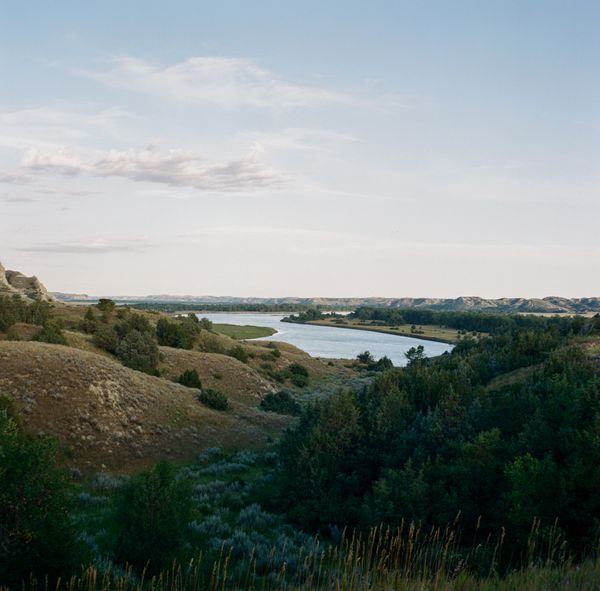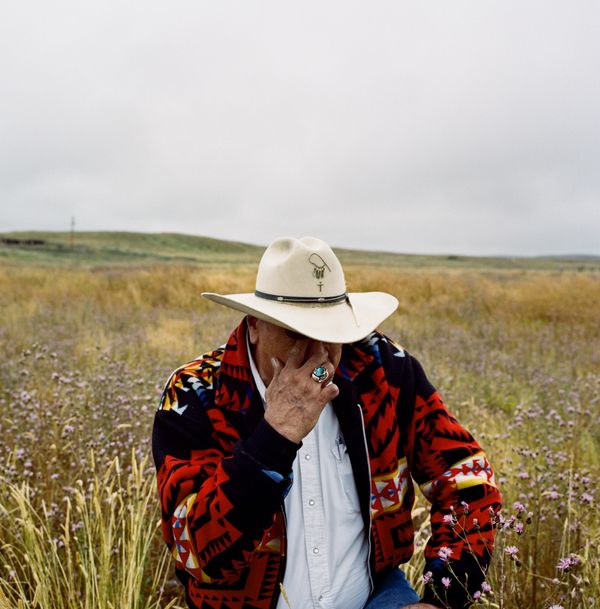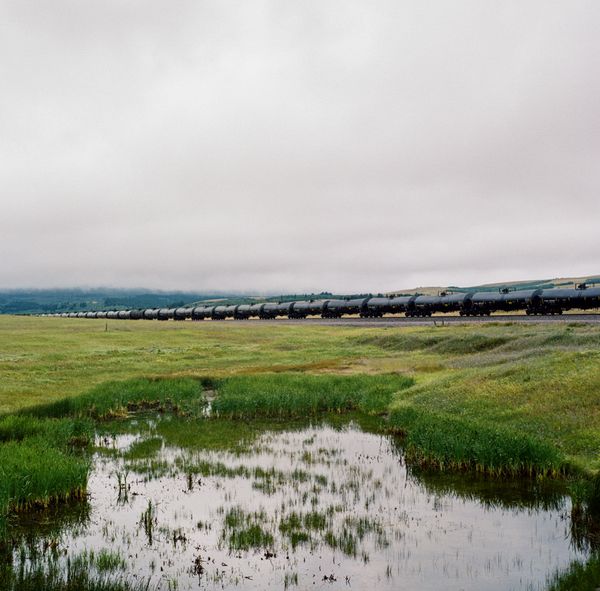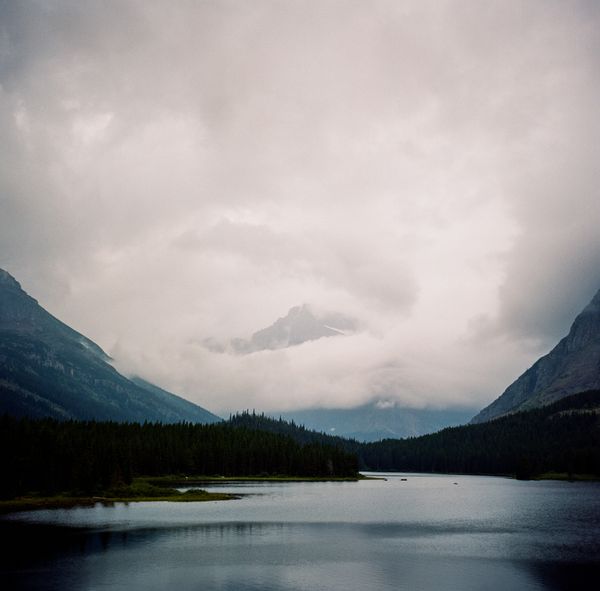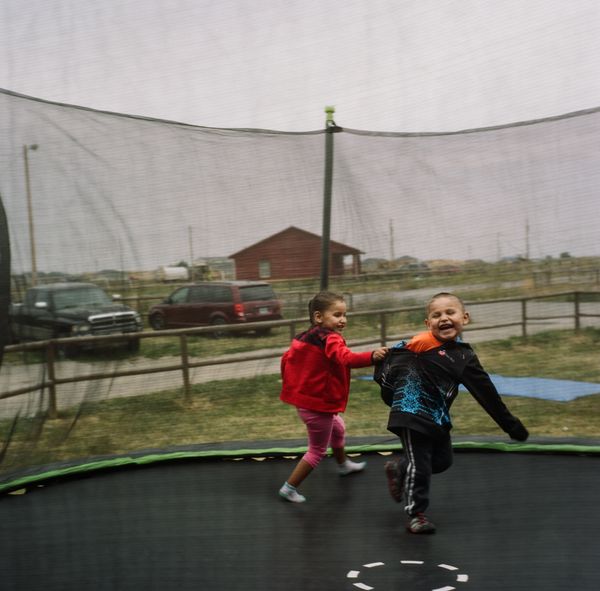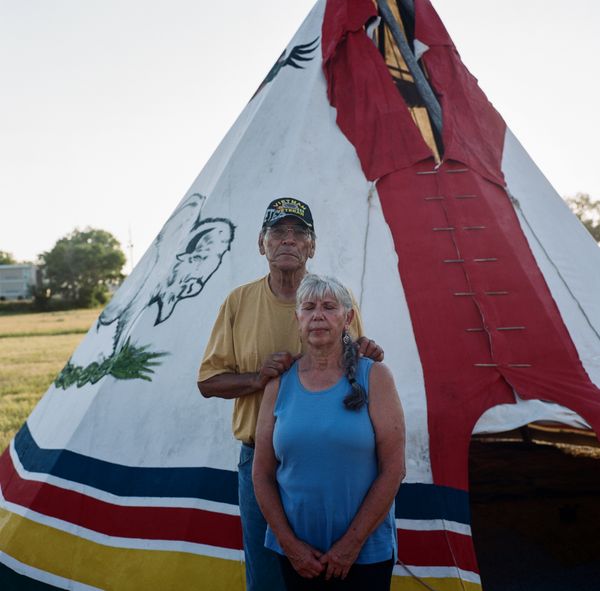The True Cost of Big Oil in Indian Country
-
Dates2017 - Ongoing
-
Author
It was a hot summer day, in 2018, when Lissa Yellowbird-Chase took her vehicle, with the license plate “SEARCH,” to a bank along Lake Sakakawea, in North Dakota. Yellowbird-Chase had an instinct, and for the second time, she decided to search the river on the edge of Fort Berthold Reservation.
With a boat that could barely start and a set of fishing sonar, Yellowbird-Chase, along with volunteers from her group, the Sahnish Scouts of North Dakota, scoured the lake for clues. It was there, on that day, that the team--created to fill the gaps in how missing persons cases are handled by authorities in Indian country--found Olivia Lonebear’s body, nine months after she was reported missing.
The 32-year-old mother of five was last seen in October, 2017, in her Chevy Silverado pick-up truck in New Town, a small oil-boom city on Fort Berthold Reservation. Lonebear’s death, while more high-profile than others, is not an isolated incident--North Dakota is one of the many areas in North America struggling with a shameful record of abuse, neglect, and indifference toward its Native American and Alaska Native communities.
Women and girls, though, continue to face the brunt of systemic racism prevalent throughout the region. Native American women are sexually assaulted, murdered, and targeted at rates far higher than other American women. They are also vanishing from their homes. But it is unclear just how pervasive the issue is--there is data on missing persons for every other demographic except for Native American women, who, according to the New York Times, are ten times more likely to be murdered than other Americans.
“Nobody cares about a poor Indian being missing or murdered...Indian women are second class citizens” said Mary Eder Cleland, whose adopted daughter, Dawn Eder, went missing five years ago.
Between Montana and North Dakota in the Bakken region, the problem has become particularly acute: transient oil workers take up work and are placed in “man camps” or temporary housing units that house hundreds if not thousands of mostly white men and foreigners, where attacks on Native American women have increased. This phenomenon is being reproduced across the country, and tribal law enforcement has no jurisdiction over these workers.
The harms of extractive industries are often overt: environmental degradation, harm to wildlife, displacement, and half the world’s carbon emissions. The more clandestine damage, though, is mostly wrought on forgotten segments of society--in this case, Native American women.
Why did it take a team of volunteers to locate Lonebear; why is there no data on missing and murdered Native American women; and what does “justice” actually mean for Native American communities? While humanizing the families grieving their daughters, sisters, mothers, and friends, this ongoing work attempts to answer these questions by doing a deep-dive into the relationship between oil extraction and the targeting of Native American women.

